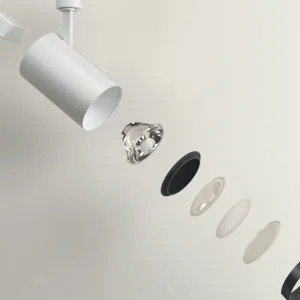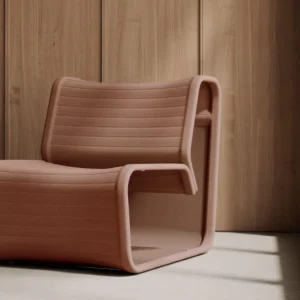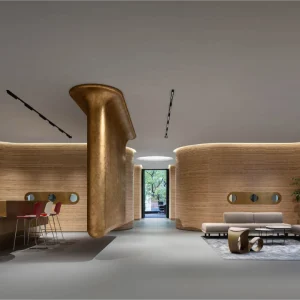The facility, featuring a pair of research institutes and a main floor for science, is the first lab building in the state to secure the certification. The building has incorporated a host of eco-friendly elements such as use of terra cotta and reclaimed insulation on the exterior walls. This does the function of a rain screen, and offers it an air-tight nature while helping it resist outside temperatures. The building also makes extensive use of glass which optimises natural light penetration and helps slash energy usage. There are automatic window shades which protect the building from heat and cold.
The warm spaces of the facility are fitted with chilled beams which are cooled by groundwater. It also incorporates 75 geothermal wells placed 300 feet beneath the ground to meet the building’s heating and cooling requirements through heat from the earth. Presence of solar panels provides hot water for the building, thereby reaping further energy savings. The facility flushes hot or cold air from the building during the night, resulting in more energy cost cuts. It is also equipped with green screens to display real-time energy use data.
The building decreases water consumption by installing low-flow toilets, storing groundwater in cisterns and recycling it to meet irrigation needs. Water cost cuts are further achieved by reusing the wastewater left from water purification in its toilets. Use of over 20% reclaimed and regionally-sourced materials, and diverting 92% of construction waste from reaching landfills also adds to the sustainability.





